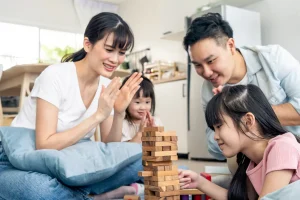How To Nurture Your Child’s Imagination
![]()
- Posted by abrakadoodle.com.sg
- Categories Early childhood development
- Date 28 February 2022

Parents of young children have to nurture creativity and imagination, the two critical qualities that will play a big role in their future. Help them grow up doing exciting art projects that make them exercise their natural abilities and keep them happier as well.
Imagination-driven learning in early childhood will help them realize their full potential. Exercising their minds by involving them in activities like drawing, storytelling, or imagining vivid and wild scenarios – the more out of the world their ideas, the better will be the outcome. Children by nature are intelligent and imaginative.
So the only person who has to relearn the “how” of being creative and re-ignite imagination is us, the parents. This is a fact. According to most experts, adults are victims of an outdated educational system that was designed for a different time. For instance, by the end of our college years, our education “system” would have been successful in extinguishing the creative ‘spark’ within us.
So quite literally, our children give us the best opportunity to help rekindle and sparkle again as we did when we were young — free, joyful and living in the moment! Re-learning how to be a child by being with our children. Don’t miss this God-sent opportunity. Here is how you can start the creative journey that lets the child within you express.
Table of Contents
ToggleHave faith in the creative process

Parents and children often tend to focus on the result. The thinking driving this obsession is that you either have a reasonably good looking artwork at the end of an art session, or the whole exercise is a washout. This is a wrong way to access and manage children’s imagination and creativity.
For example, when you and your child are involved in drawing a house, the house doesn’t need to have four walls and a rectangle roof. This kind of restriction limits imagination. After all, there are a million different ways to render a house. It is best to avoid introducing preconceived notions, allow your child to be free to imagine and express her ideas of what a house can be.
Imagination-driven learning in early childhood helps shift attention and make the child see the beauty in the creative process instead. This change in perspective will be a lot more engaging and fun for you and your child.
Be curious

When spending time with a child you will notice a trait that sometimes drives parents up the wall. Children are persistent and experts at being curious and never tire of asking questions. Why? Why does the water in the waterfall flow down and not up? Why does a cork float and not sink? These kinds of creative thinking skills help your child preserve their sense of curiosity and nurture the spirit of inquiry.
This is what having a creative mindset means. Imagination-driven learning in early childhood focuses on fostering a different way of seeing the world, where you wonder and notice the puzzling things that abound in our world. Creativity and imagination are all about not accepting how things are. It’s about wondering how things can be and could be better.
For instance, when you see your child playing with her favourite doll, instead of just watching her, join in and start a conversation. Help her to see things differently and to wonder. Trigger her curiosity by asking her to imagine, “What makes the doll blink her eyes?” Wonder together.
Follow it up with another question, “What do you think the doll’s hair is made of? If she says “plastic.” Ask her, ‘Do you think her hair will get wet? “Shall we give her a bath?” Your child will be so intrigued that she will want to undress her doll and get it ready for a bath in a jiffy!
Make it fun

The mark of divergent thinking and looking at things in an alternative way is when you have a sense of humour. It also allows children to practice thinking outside the box in a fun way. And when they get a laugh out of others, their creativity is instantly rewarded.
Riddles and jokes put children in the mood and ready to look at things in different ways. You could follow it up with the “knock, knock: who’s there!” game. Ideal for a dull rainy day when things tend to get quiet and sort of boring. Add a dash of fun, cheer it up!
The best way to break the tension is by helping your child see the humour in a tense situation. Like when your girl just spilt a huge glass of juice, and she is upset about it. You might say, “see the juice is gone, I think the tablecloth was thirsty!” This will immediately make her feel better.
The idea is simple: have the presence of mind to model positive reactions to bad situations.
Ask for help to solve your problems
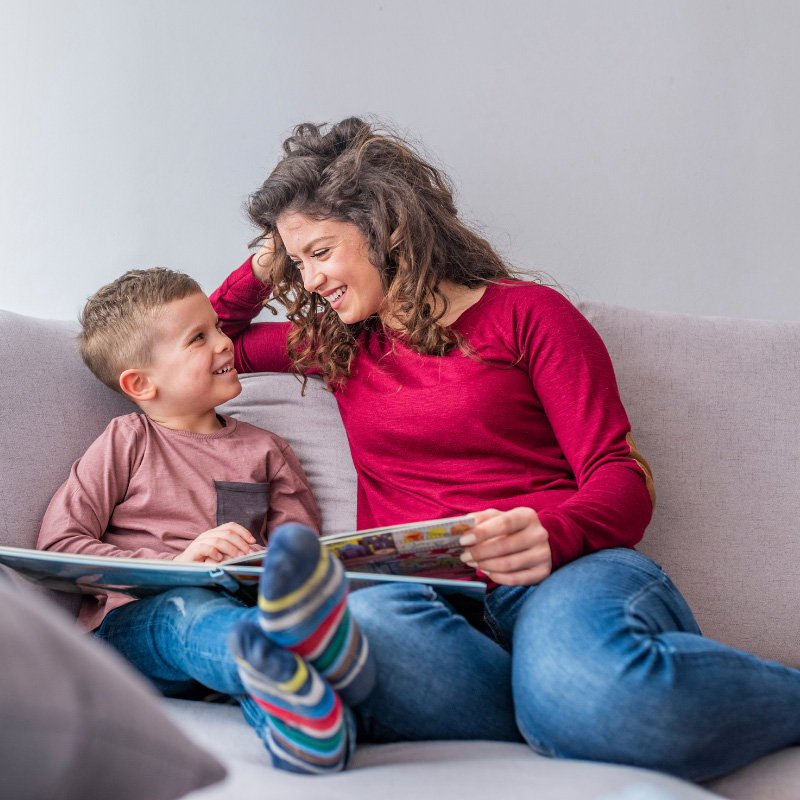
Creativity generates ideas that are new and come in very handy when it comes to solving problems. So it is OK for you to ask your child to help solve a problem you are facing. For example, involving her to come up with a toy for her dog, so that he is not bored when you go out to the cinema and there is no one to play with.
Involving your child in brainstorming ideas, then implementing one together, gives your child hands-on problem-solving practice. This will also help them to see that creativity is everywhere and is a very useful skill. These types of workouts which involve watching and helping when you have a problem to solve is just as crucial to nurture creativity as arts and crafts.
Be a role model

It is good to keep in mind that children learn by imitating adults. This is why as a parent, it becomes essential for you to be a role model to your child. They look up to you and learn daily.
So when you are immersed in your project, there is no harm in asking your child to see and help out. Whether the project you are involved in is making miniature dollhouse furniture or writing code, work on it with your child alongside watching.
Talk about what you are doing. Find ways to share what you love. Your child will pick up on your energy and enthusiasm and will want to do the same, making the space come alive. And whenever you see your child making something, you might want to try it too.
Sit down by her side and start to sketch, or enthuse over what your child is doing. Listen to her when she corrects you and wants you to do it her way. Encourage, and increase the time you spend together. Doing all sorts of things, knitting, painting, writing, cooking or playing music or just shooting the breeze with her!
Another point of view
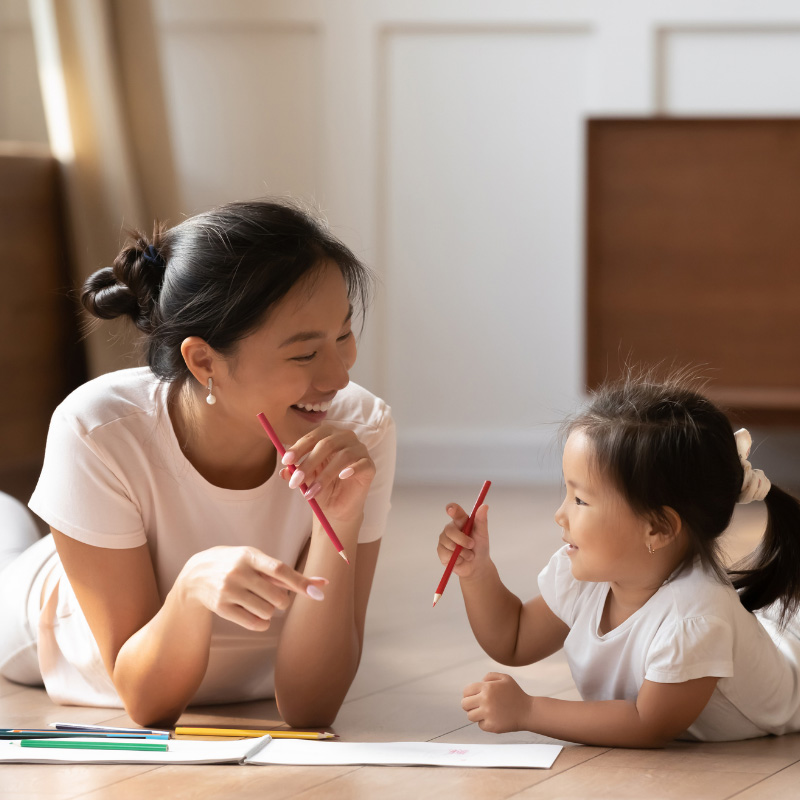
Questioning assumptions help you gain fresh insights and perspectives and push your child’s creativity to new levels. Getting her to see different viewpoints will help your child look at the world in new ways. This could be as simple and inexpensive as reading a book about a different culture, which can give your child a new outlook.
All you have to do is ask your child to put herself in the character’s shoes. Pretty soon she’ll begin to see that creativity is worth pursuing and sharing and is found everywhere she looks. Even watching birds flying can become an instructive lesson in flight dynamics!
Leaving gaps for your child to fill
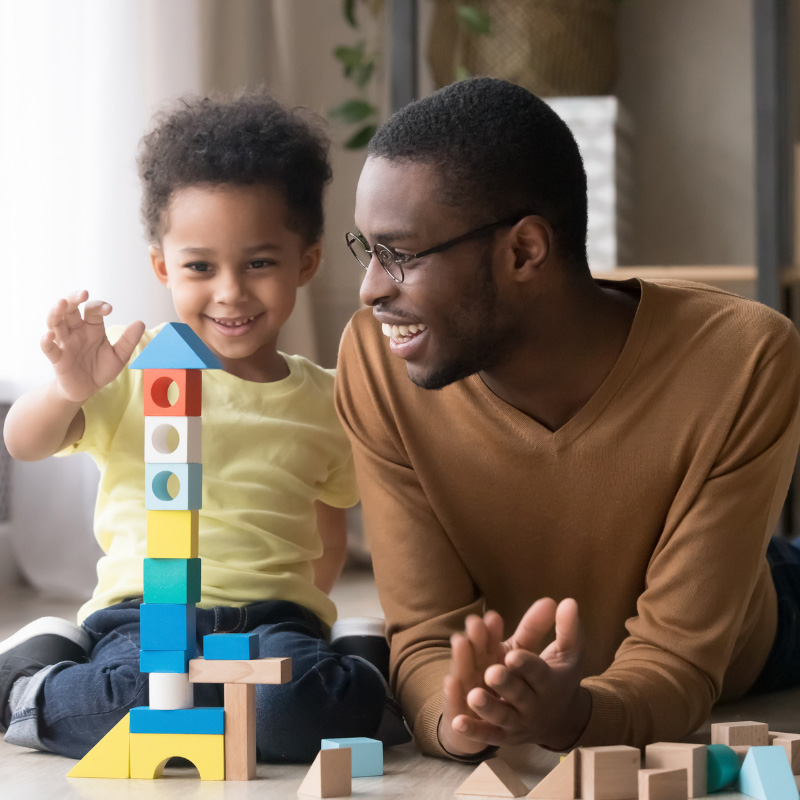
According to a study in the online journal, Frontiers in Psychology, children need time in their day to engage in activities of their choosing. The most enriching one could be examining dust with a beam of light passing through it, or messing around in a pile of dry leaves, but not another round of lessons in French.
Children who get to spend more time in free-form activities are more able at setting their own goals and take action to meet them without being guided by adults. That’s a skill for a lifetime!
What may come as a surprise is realizing that boredom can be a stimulant that encourages creativity. There is truth in this insight because boredom induces daydreaming — a state in which the mind wanders and allows you to look at things in new ways.
Think of being bored as a time off for a child’s brain. It helps. In one study, subjects who were asked to read a telephone book aloud (a boring thing), came up with more uses for disposable cups afterwards than those who were not asked to do this boring task.
Passion pushes creativity
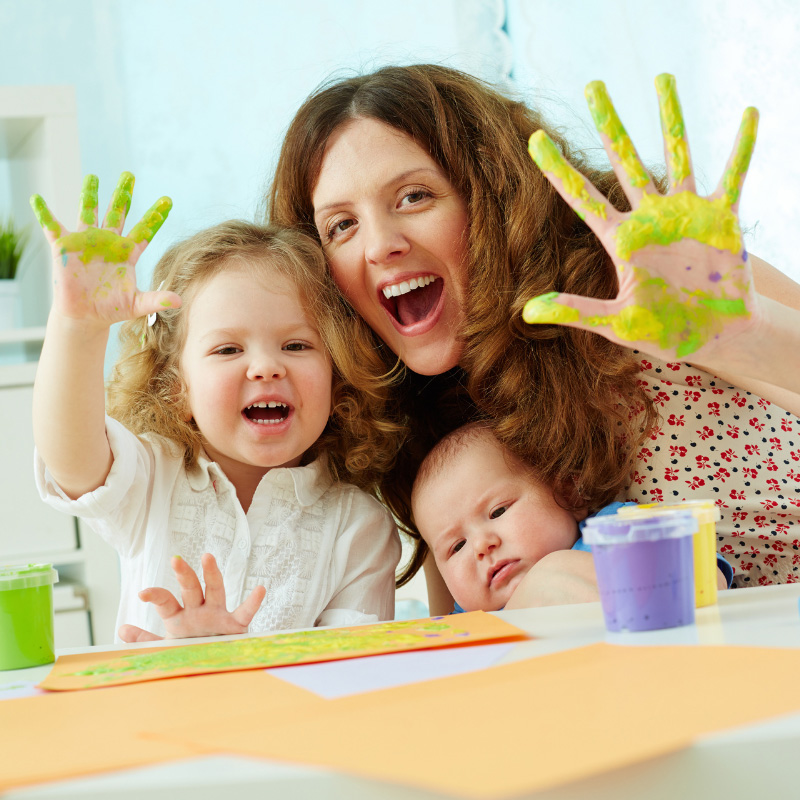
Creating something new, or figuring out a problem needs stamina. This is why, when you show that you value your child’s efforts, you will help your child to keep at it and not give up when a task becomes a little difficult. Your interest will help her to keep going and that helps build the creativity muscle.
The real big creative achievements in life — coming up with a game-changing idea about how to fix global warming — requires persistence and commitment to developing the expertise needed. Creativity comes from passion and motivation. It happens only when you get real pleasure out of doing something.
It will be worthwhile to expose your child to a diverse range of pursuits to see if she finds something that ignites her mind. If she falls in love with art, find ways to encourage her enthusiasm. When children are given the freedom to explore in this way, there is significant brain growth and personal development. Besides, your child just might discover a passion that will change her life.
About Abrakadoodle
Abrakadoodle children art programs inspire children to think differently, be innovative, and devise ways that teach about interesting things found in the real world. Ignite their minds to think, play and learn like never before. Changing the way children discover and imagine.
If you like to enrol your child in art classes or participate in imagination-driven learning programs, give Abrakadoodle a call. Or better still, make an appointment with the head of a centre near you. Get a hands-on exposure to an experience that will make you see art in a way that adds value to life.
You may also like

The Impact Of Colour On A Child’s Development
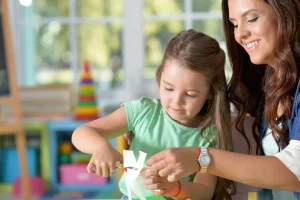
How Collage-making Activity Helps A Child To Think Creatively
